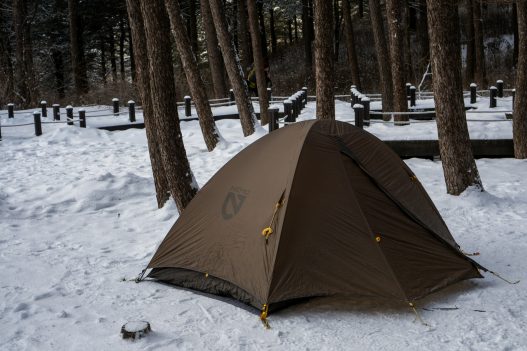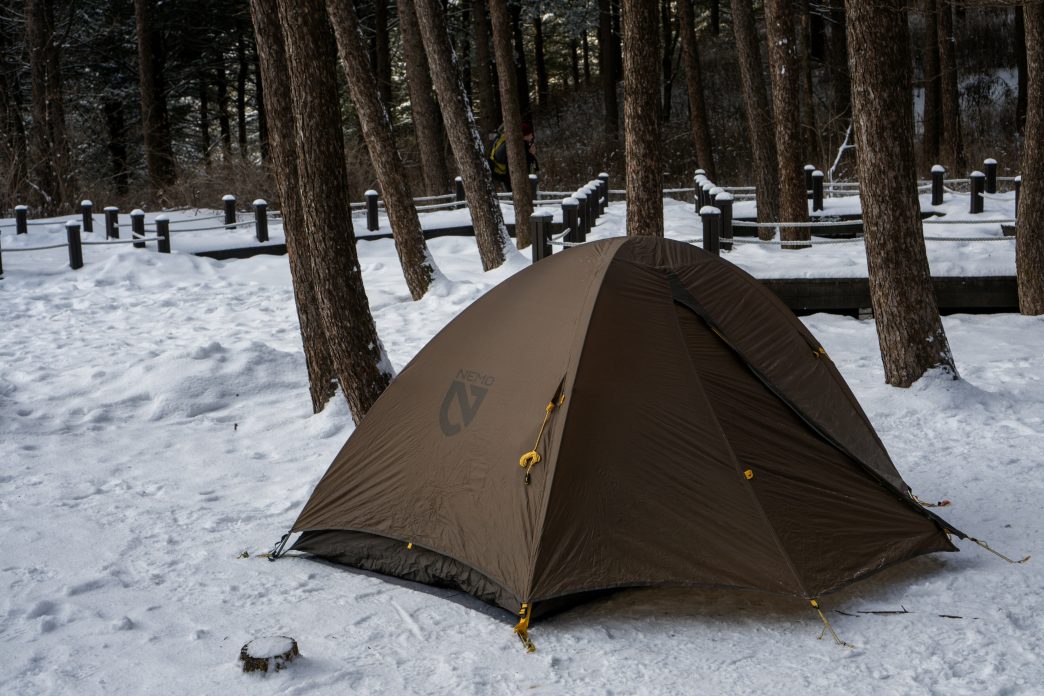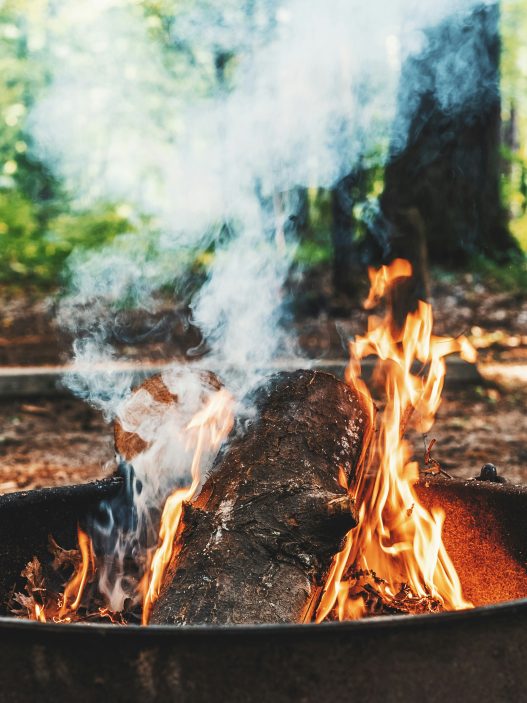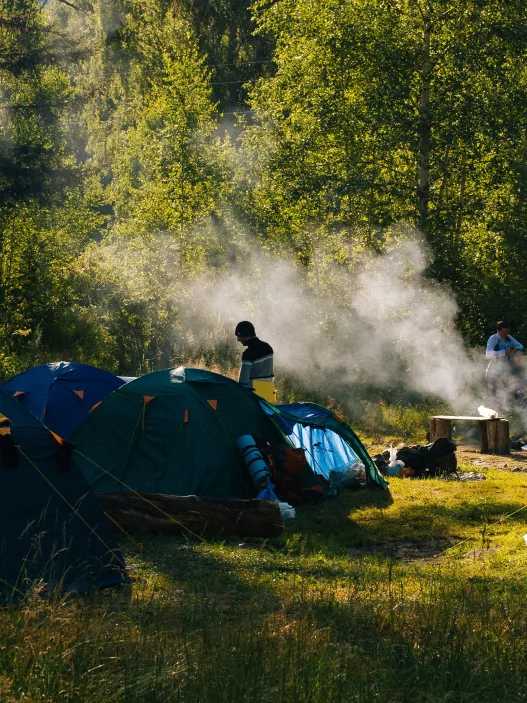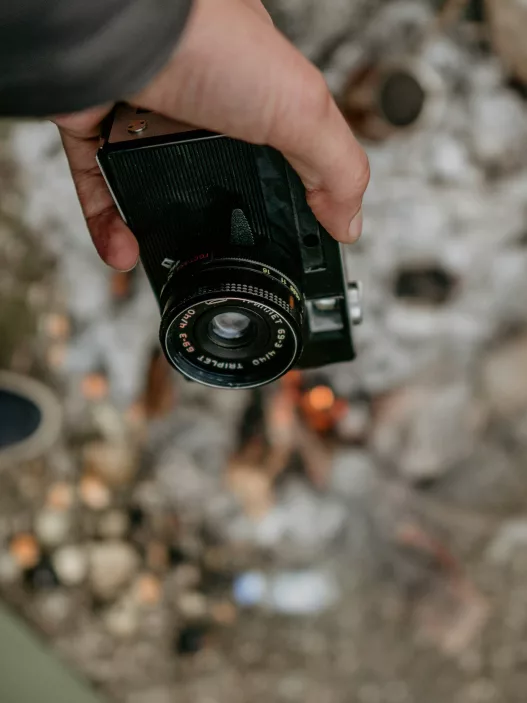Winter camping presents unique challenges but yields rewarding experiences for those who are prepared. To stay warm and safe, it is essential to invest in quality gear, understand layering techniques, and be mindful of the environment. With the right approach, campers can enjoy the beauty of winter landscapes while minimising discomfort.
Proper insulation in sleeping bags and tents plays a crucial role in maintaining warmth during cold nights. Campers should also pay attention to their clothing choices, opting for materials that provide better thermal regulation and moisture management. Additionally, familiarising oneself with outdoor safety protocols helps to mitigate risks associated with winter conditions.
Planning is equally important; knowing the area and weather can significantly impact the camping experience. Ensuring access to warm meals and hydration will aid in maintaining energy levels. By following these tips, winter camping can turn into a pleasurable adventure rather than a bone-chilling ordeal.
Preparing for Winter Camping
Preparation is crucial for a successful winter camping experience. It involves selecting appropriate gear, assessing weather conditions, and ensuring essential items are packed for warmth and safety.
Choosing the Right Gear
Selecting the appropriate gear can make or break a winter camping trip. Insulation and weather resistance are key factors.
- Sleeping Bags: Opt for a sleeping bag rated for sub-zero temperatures. Mummy bags offer better warmth retention due to their snug fit.
- Tents: Use a four-season tent, designed to withstand heavy snow and strong winds.
- Clothing: Layer clothing effectively. Start with moisture-wicking base layers, followed by insulating layers like fleece, and complete with a waterproof and windproof outer layer.
Footwear is also vital. Insulated, waterproof boots help prevent frostbite. Items like hats, gloves, and neck gaiters are essential accessories that protect against cold gusts.
Understanding the Weather Forecast
Being aware of weather conditions is fundamental for safety. Winter weather can change rapidly, impacting visibility and temperatures.
- Check forecasts regularly using reliable sources. Consider apps that provide up-to-date alerts for temperature drops and snow accumulation.
- Recognise signs of severe weather, such as strong winds or sudden temperature shifts, which could pose risks.
Plan routes and activities based on the forecast. Choose a campsite with natural windbreaks and avoid areas prone to avalanches or flooding.
Packing Essentials for Warmth and Safety
Packing effectively ensures both warmth and safety. Consider making a checklist to ensure nothing is forgotten.
- Heating sources: Include extra fuel for stoves, as cooking is necessary for warmth.
- Emergency items: A first-aid kit, headlamp, and additional batteries can enhance safety.
- Food and hydration: High-energy foods, such as nuts and chocolate, are beneficial. Carry a portable water filter to ensure access to drinkable water.
Include a reliable map, compass, and navigation tools. Adequate planning becomes essential when navigating snowy terrains, where trails may be obscured.
During the Camp
Preparation is key for Winter camping. Establishing a suitable campsite, maintaining body temperature, and being prepared for emergencies are essential for a safe and enjoyable experience.
Setting Up Your Campsite
Choose a sheltered location to set up the campsite, ideally away from strong winds. Look for natural windbreaks like trees or hills. Clear the area of snow to expose the ground, which provides insulation and prevents moisture accumulation.
Utilise a tent specifically designed for winter conditions to ensure durability against harsh weather. Anchoring the tent securely is crucial; use snow stakes or bury the tent flaps in the snow for added stability.
Inside the tent, create a barrier between the ground and sleeping gear. Using an insulated sleeping pad can significantly reduce heat loss. Arrange gear strategically to create a cosy environment. Keep food and other essentials close but secure, to avoid attracting wildlife.
Maintaining Body Temperature
Layering clothing is vital to managing body heat. Base layers should wick moisture away from the skin, while insulated and waterproof layers keep warmth in.
Regularly adjusting layers during physical activity helps regulate body temperature. Avoid sweating, as moisture can lead to chilling.
Hydration is important; drink warm fluids and consume high-calorie snacks regularly. This helps maintain energy levels and encourages heat generation within the body. Movement is also necessary; performing light exercises periodically can enhance circulation and keep warmth.
Dealing with Emergencies
Preparation for emergencies includes having a well-stocked first aid kit and knowledge of its contents. Recognising signs of hypothermia and frostbite is crucial for prompt action.
Maintain communication with others in the group. Establish a plan for reuniting if anyone gets separated.
In case of injuries, use emergency blankets and hand warmers to provide immediate warmth. Always have a reliable plan for evacuation if conditions worsen. Carry a local map and compass or a GPS device to navigate accurately. A portable charging device for phones is also recommended to ensure continual communication when needed.


